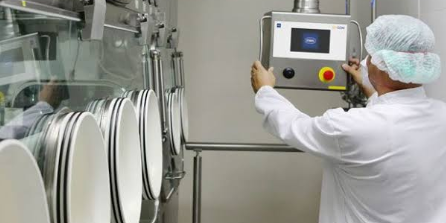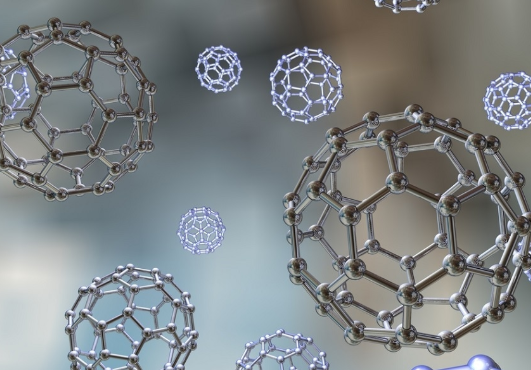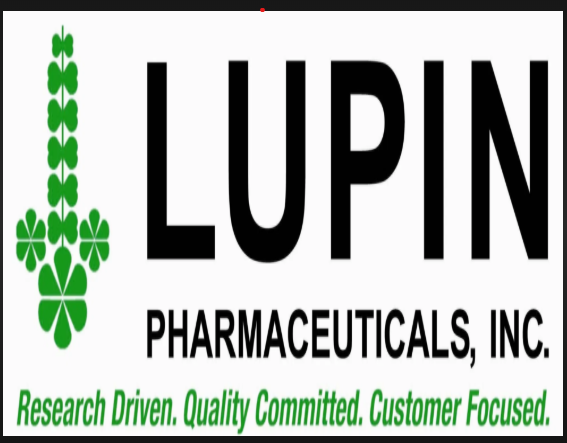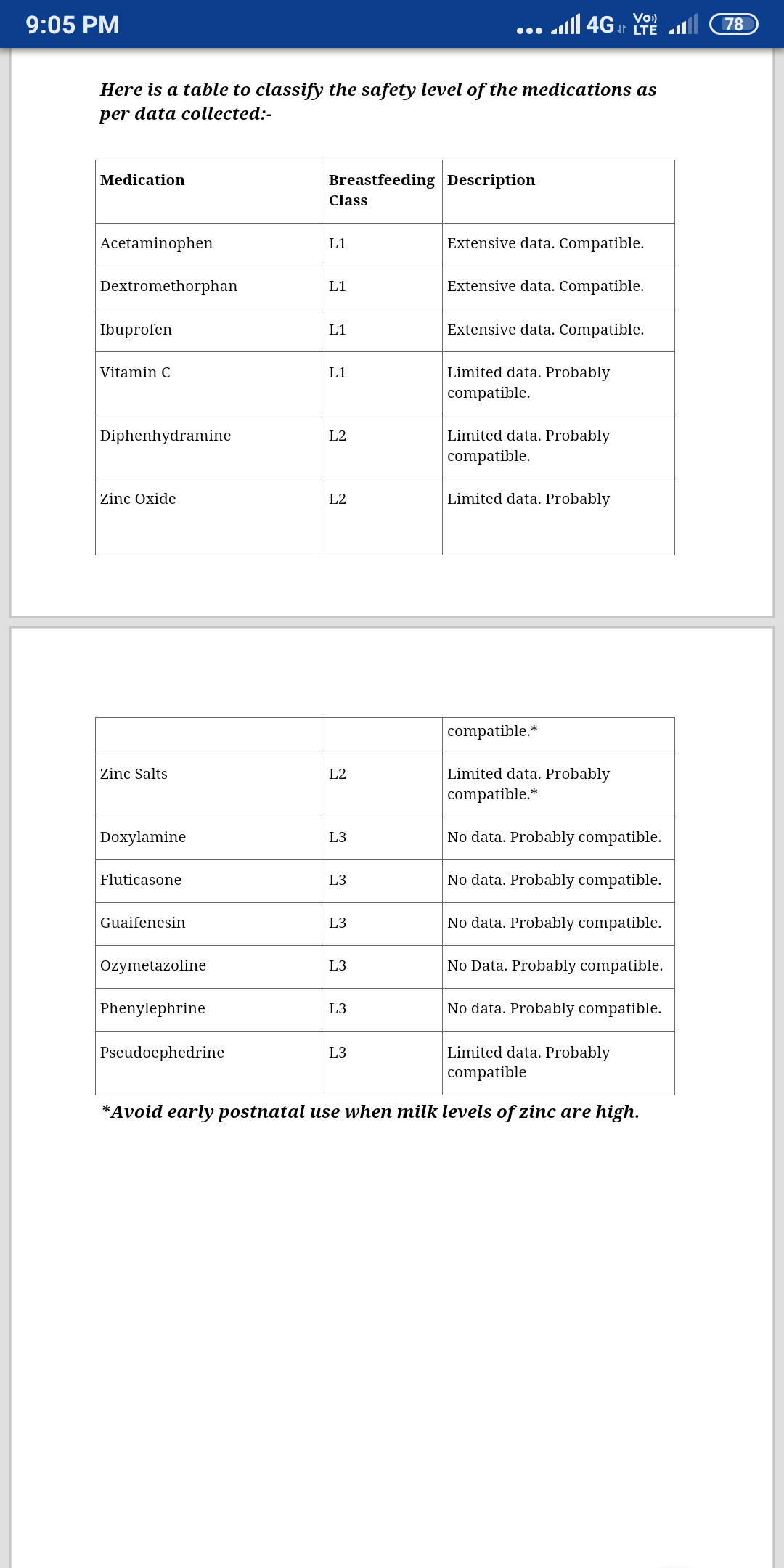INTRA-UTERINE CONTRACEPTIVE DEVICE
The intra-uterine device (IUD) is the second most commonly used family planning method, after voluntary female sterilization.
The IUD is one of the best methods of contraception during lactation because of its high efficacy and its lack of effect on breast milk or infant growth.
Generations of intra-uterine device
• First: inert devices e.g., Lippes loop
• Second: all the copper-containing devices
• Third: hormonal devices e.g., Progestasert and Mirena
Mechanism of Action
The precise mechanism of action of the IUD is still unknown.
1. New studies prove that the IUDs act mostly by preventing sperms from fertilizing ova. The primary mechanisms of action of copper-releasing IUD are by impeding sperm transport and inhibiting their capacity to
fertilize ova.
2. All unmedicated and copper devices produce an inflammatory or foreign body reaction, which in turn causes cellular and biochemical changes in the endometrium and in uterine and tubal fluids. Prostaglandin level
increase and the fibrinolytic mechanism needed for hemostasis are affected. Numerous polymorphs, giant cells, mononuclear cells, plasma cell, and macrophages appear in the endometrium as well as in the uterine
and tubal fluids. These cells engulf or consume sperms and ova by the process of phagocytosis and thus prevent fertilization. Besides, normal cyclical changes in the endometrium may be delayed or deranged by
the inflammatory reaction and liberation of prostaglandins, making it inhospitable for implantation of the blastocyst.
3. When inserted postcoitally, IUDs can prevent implantation of the fertilized ovum.
4. Copper causes more intense inflammatory reaction and interferes with enzymes in the uterus, the amount of DNA in endometrial cells, glycogen metabolism, and estrogen uptake by the uterine mucosa.
5. Sperm motility, capacitation, and survival are also affected by the biochemical changes in the cervical mucus produced by copper.
6. IUDs containing progesterone prevent sperm passing through the cervical mucus and maintain high progesterone level and, in consequence, relatively low estrogen levels locally. They, thereby, keep the
endometrium in a state in which implantation is hindered.
• In Cu T 200 the copper portion has an exposed surface area of 200 mm2.
• The Multiload Cu 250 has a recommended life span of 3 years, and the Multiload Cu 375 of 5 years.,😁
Copper T 380A (Ca T 380A), Ca T 380 Ag, and Cu T 380S (Slimline)
They are T-shaped, look almost alike, and are made of polyethylene impregnated with barium sulfate. They have 314
mm2 copper wire on the vertical stem and two 33 mm2 copper sleeves on each of the two transverse arms. The wire in the 380 Ag has a sliver core. The approved life span of the Cu T 380A is 10 years.
Progesterone IUD (Progestasert)
The vertical shaft is fitted with a capsule containing 38 mg of progesterone dispensed in silicone oil. It delivers progesterone to the uterus at the rate of 65 μg/day.
The US Food and Drug Administration (USFDA)-approved effective life is only 1 year.
The contraceptive effectiveness of the progestasert is similar to that of Cu IUDs; it reduces menstrual loss, but has
to be replaced every year, and possibly increases the risk of ectopic pregnancy (as it decreases tubal motility).
Mirena/LNG IUD/LNG 20/Levonova/LNG IUS
Mirena contains a total of 52 mg levonorgestrel (LNG). LNG is released into the uterine cavity at a rate of approximately 20 μg/day. The LNG IUD is about as effective as sterilization, but, unlike sterilization, it is easily reversible.
These devices act mainly by local progestogenic effects and act for up to 5 years. Pearl index after 5 years is 0.09/100
women-years (most effective reversible contraception available today). The ovarian functions are not disturbed
by LNG 20.
Advantages and Noncontraceptive Benefits
Health benefits of Mirena include:
1. Reduction of blood loss, which benefits patients with anemia and dysfunctional uterine bleeding
2. Reduction of pain and dysmenorrhea in endometriosis and adenomyosis
3. Beneficial effect on fibroids
4. The advantage that IUDs introduced 6 weeks after delivery do not influence lactation or affect infant growth and
development.
5. Can be used in prevention and treatment of endometrial hyperplasia.
6. Decreases the risk of endometrial cancer.
7. Decreases the risk of PID and hence protects against ectopic pregnancy.
Drawbacks
1. Irregular bleeding and oligomenorrhea, which happen quite commonly in the first 3–4 months
2. Amenorrhea, which affects up to 20–50% cases by 1 year. But this is not at all harmful as it is a progesteroneinduced amenorrhea.
3. Difficulty of introduction, needing local anesthesia in many cases
4. Slightly higher rates of minor side effects such as acne, dizziness, headaches, breast tenderness, nausea and
vomiting, and weight gain
Pearl Index of IUD
IUDs can be divided into three groups according to the pregnancy rate, indicating their contraceptive efficacy:
1. Group I (pregnancy rates greater than 2.0 per 100 women-year): Lippes loop, Cu 7 T 200
2. Group II (pregnancy rates less than 2.0 but more than 1 per 100 women-year): Nova T, ML Cu 250, and Cu T
220C
3. Group III (pregnancy rates less than 1 (mostly less than 0.5) per 100 women-year): Cu T 380A, Cu T 380S, ML Cu 375, and LNG 20
RECENT ADVANCES
PP IUCD (Post Placental IUCD) Insertion
IUCD can be inserted immediately after vaginal delivery or during LSCS before closure of the uterus.
WHO Category 4: absolute contraindications for use of IUD:
• Immediate postseptic abortion
• Pregnancy
• Vaginal bleeding suspicious/unexplained
• Puerperal sepsis
• Cervical cancer
• Endometrial cancer
• Uterine anomaly
• Pelvic tuberculosis
• Current pelvic inflammatory disease (PID)/Current STDs
• Malignant trophoblast disease
• Current STDs
• Uterine fibroids with distortion of uterine cavity
NOTE: Nulliparity, heart disease, fibroids with no cavity distortion and past history of PID are relative contraindications.
• Insertion of ML Cu 250 and ML Cu 375: This is done by the withdrawal method without plunger.
Complications of IUD
1. Increased bleeding is the greatest disadvantage of IUDs and, along with pain, accounts for their removal in
2–10 per 100 users in the first year.
2. Misplaced IUD: If the device is detected inside the peritoneal cavity, it should be removed as early as possible.
Copper devices produce irritative reactions, inflammations, and a lot of adhesions.
Copper devices in the peritoneal cavity usually need laparotomy for their removal, as they produce a good amount
of adhesions, although it is possible to remove them by laparoscopy Perforation occurs rarely, not more than 1.2 per
1000 insertions.
The device may migrate into the peritoneal cavity or become embedded in the uterine musculature. Most perforations occur at the time when insertion technique is followed.
The copper T devices are known to produce omental masses and adhesions, and progesterone devices can cause
intraperitoneal bleeding and should always be removed urgently.
3. Infections: Doxycycline 200 mg or, better still, azithromycin 500 mg, administered orally 1 h before insertion,
reduces chance of infection.
The presence of actinomyces has been found to increase with duration of use, especially after use of inerttailed devices.
The infection in IUD users can be prevented by (a) proper selection of patients, excluding those cases who have
active infection or are likely to have infection from the husband or other partners, (b) prophylactic antibiotic
course, and (c) proper disinfection and the practice of aseptic techniques.
4. Pregnancy: As soon as pregnancy is confirmed, the IUD should be removed, if it can be done easily, to
reduce the risk of pelvic infection and miscarriage—the most frequent complication of pregnancy with an
IUD in place.
If the IUD cannot be removed easily, it can be left in situ.
There is no risk at all of any congenital malformations if IUD is left in situ.
5. Ectopic pregnancy: Several studies, including a WHO multicenter study, have found that IUD users are 50% less
likely to have ectopic pregnancy than women using no contraception. The chance of ectopic pregnancy in IUD
users is rare and varies from 0.25 to 1.5 per 1000 women-year. However, when pregnancy occurs, the chance of ectopic
pregnancy is higher (about 30%) than in general population (about 0.5–0.8%) of all pregnancies.
Newer IUDS
Cu-Fix IUD (Flexi-Gard): This is frameless IUD consisting of six copper sleeves (300 mm2 of copper) strung on a
surgical polypropylene nylon thread, which is knotted at the upper end.
Cu Safe IUD: The device has a T-shaped radio-opaque plastic body. The ends of the flexible transverse arms are
inwardly bent, providing a nonirritating, fundus-seeking mechanism.













